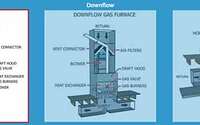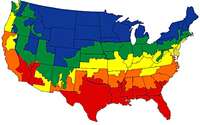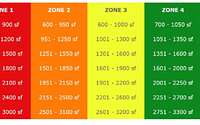Choosing the Right HVAC System for your Home
When it comes to selecting a new heating and cooling system for your home, there are several variables that need to be considered before making your final decision. Some of these choices will be made for you, such as the type and size of space you are looking to outfit. But other decisions will likely be made based on personal preferences, unit size, and budget. Before jumping into a major purchase like a furnace/AC system, read on to make sure you’re choosing the right one for your home.
Defining the Space
The first thing that needs to be established before buying a new HVAC system is the space it will be heating and cooling. Several factors will go into accurately defining this space. We suggest making a list of these factors as they are identified below. It will make it easier at the end when you have all this information in front of you.
- Is the space residential or commercial?
- If residential, is it a mobile or planned structure home?
- How many square feet is the space (include basement)
- How many total floors (include basement)
- Is the space new construction or an existing structure? If existing, where is the current
furnace located? (attic, crawlspace, utility room?) - Is the space well insulated or poorly insulated?
Once these factors have been determined, you can move on to deciding what type of system you need.
Selecting the System Type
Deciding what type of system is needed for your home may have already been pre-determined. You may simply be upgrading the current furnace and/or AC units, in which case you should choose the same size, configuration and type that is currently in the home. In other words, if you have a 3.5-ton AC/80,000 Btu upflow gas furnace system in your home now, and you are not planning to add on to the structure any time soon, you will need to choose a new system with the same specifications.
A quick way to decide if you need a different type of system is to ask yourself the following:
- Are you happy with your current unit?
- Do you like the way your home is heated/cooled?
- Are you comfortable with your current utility bills?
Now use the sizing guidelines below to see if your current heating and cooling system is of adequate size. If so, and if you answered yes to the questions above, replace your current system with a new one of the same type, size and configuration. If not, consider consulting a professional for help determining what type and size of system you need. Feel free to contact us at 800-397-1392 and we’ll be happy to help.
If, however, you are selecting a system for new construction or need to upgrade the specifications due to an addition to your current home, then you’ll need to make some decisions. First, what type of system are you looking for (AC unit only, furnace only, complete package of both units)? Next, if a furnace is on your list of equipment, what type of heat will the new furnace use (gas, electric, oil)?
In terms of efficiency, the most efficient is the gas furnace, followed by the oil furnace, then the electric furnace. This means that for every $1 worth of energy, the gas furnace gives you the most value for your money. Many people prefer cleaner burning natural gas, though if your home does not have access to natural gas lines, this rules out a gas furnace. Oil furnaces cost less than gas units and provide exceptional heating performance, delivering higher Btu heat than other sources, but an oil tank is required, and oil must be delivered by tanker truck. The final option is an electric furnace, which is less expensive to install and allows you to control which zones are heated instead of a “whole-house” approach. However, electric furnaces are less energy-efficient and have higher operating costs than gas furnaces.
The last variable to figure is the air flow direction that best fits your home. If you currently have a furnace unit, check the direction of air flow. That is what you will need in your new system. There are three options when it comes to air flow directions—upflow, downflow, and horizontal (pictured below).
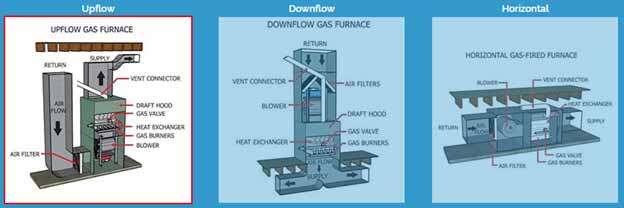
The most common air flow direction is upflow. This is what you will need if you are locating your furnace in the basement or main floor of the home. If you are installing a new furnace in a mobile home, you should look for a downflow unit. (NOTE: downflow units can also be found in some traditional homes. Check your current furnace to see where the air flow is directed.) The third direction is horizontal, which is utilized in crawlspace or attic locations where a vertical unit would not fit.
Keep in mind that some newer furnaces are equipped with multi-positional air flow, which means they can vent air flow in all three directions. You may also see newer units that can be used in two directions (i.e. upflow and horizontal, downflow and horizontal). Make sure when you choose your new furnace that the air flow matches what you currently have.
A Word About Mobile Homes
Heating and cooling systems in mobile homes are quite different than those in traditional stick-built homes. That is because mobile homes typically utilize a smaller duct system. So, the furnace or air handler needs a different size blower to accommodate the smaller ducts. If you are upgrading a mobile home, make sure the system you are looking at is compatible with mobile home ducting.
How Big is Too Big?
In the world of HVAC systems, size is everything. The correct sizing means the difference between having an inefficient system that can’t keep up with demands and a consistently comfortable home with lower utility bills. While common sense would say that you don’t want to choose a system that is too small for the space, you may not know that selecting a larger-than-necessary system is also ill-advised. That’s because an oversized unit will turn on and off in short periods of time, also known as short cycling. This short cycling causes excess wear and tear on crucial parts of the system, as well as providing inefficient heating and cooling, resulting in higher than normal utility bills. A right-sized unit will provide constant, comfortable air, so you’ll barely notice fluctuations in temperatures.
To properly determine the size of system you need for your home, you first need to identify your geographical zone and the size of the space. For the AC portion of the system, see the map below to find your zone, then use the color-coded table to determine how many tons of energy you need to cool a space in that zone based on total square footage.
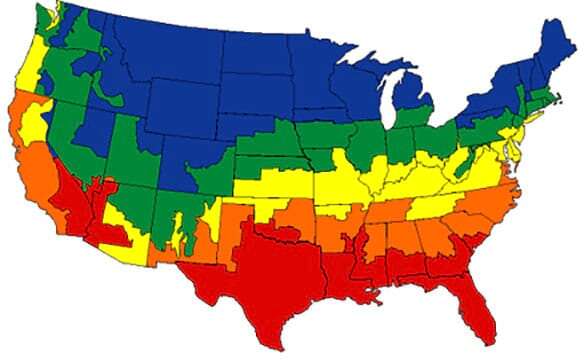
In order to calculate the Btu your furnace will need to heat your home, refer to the zone map again and then use the color-coded table below. This will give you the total Btu necessary per square foot. After that, it’s a quick calculation. Simply multiply the total Btu from the table by the total number of square feet in your space (for example: 40 Btu x 2000 square feet = 80,000 Btu. You now know what size furnace you will need to efficiently heat your home.
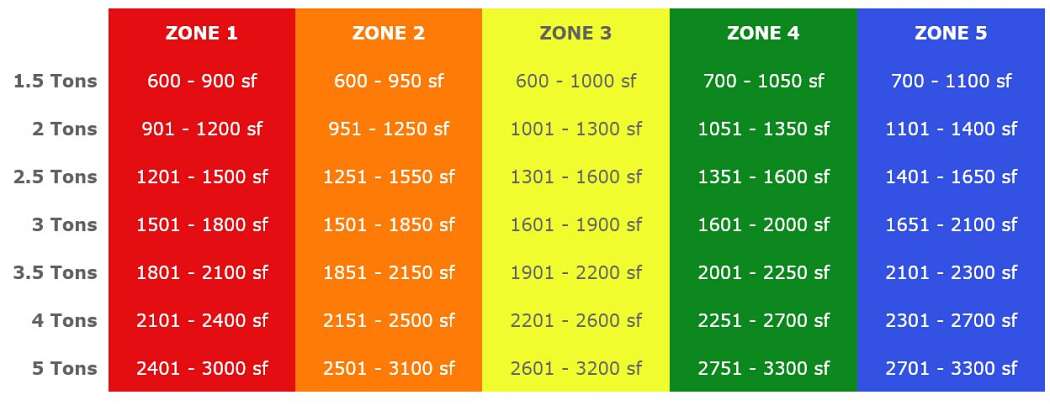
If you’re still not sure what type of furnace/AC system you need for your home, use our System Selector to help you choose the correct size and configuration.
Making the decision to upgrade or purchase a new heating and cooling system can be a daunting task. But with the right information in hand, you are well on your way to choosing the perfect system to fit your needs.
- by Matt Watts